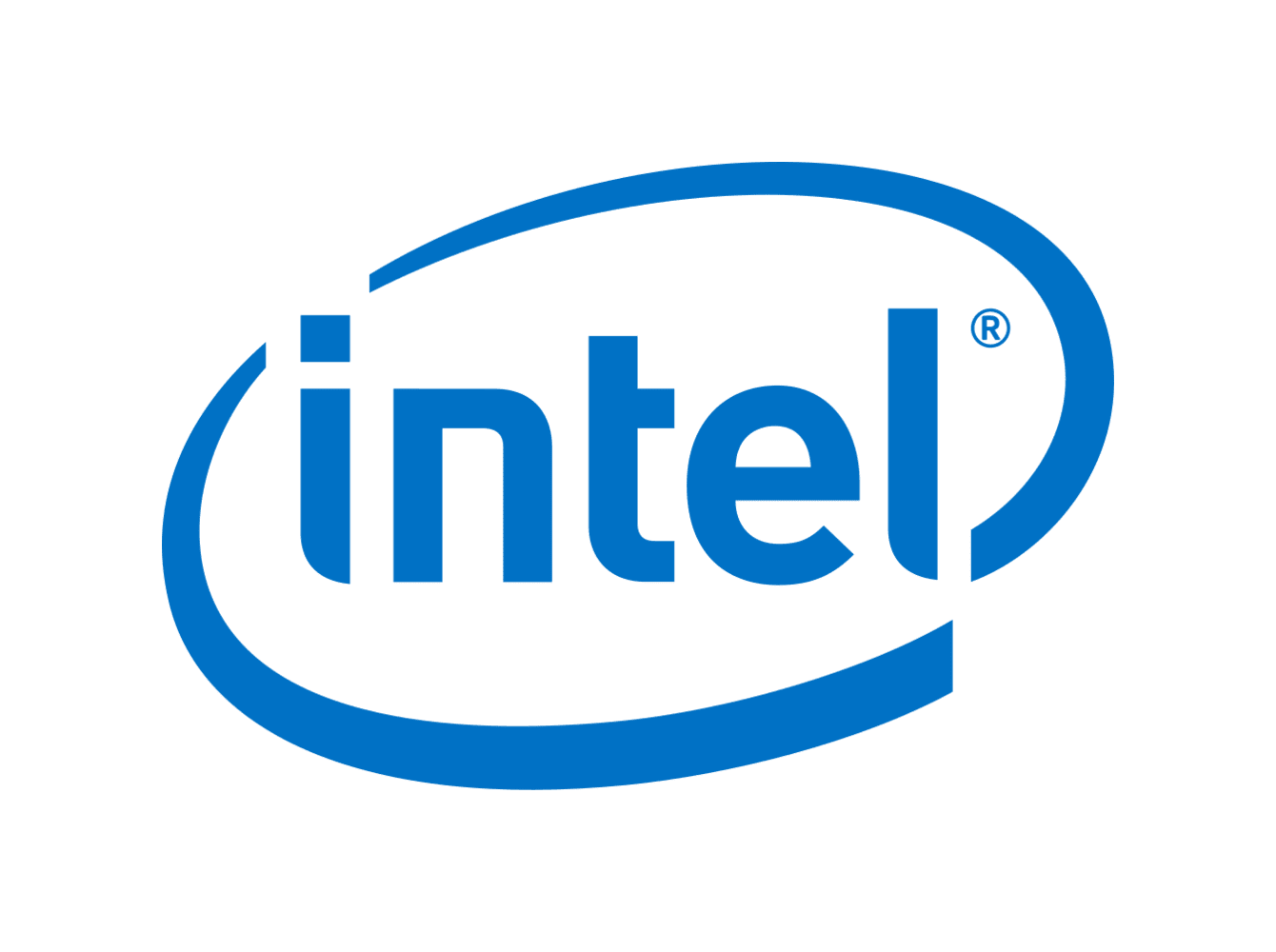From what I know, Xeon CPUs focus more on lots of core but with less single-core performance, yet the Xeon w5-3425 is current gen, has only 12 cores and costs 1189$. On the other hand, the i9-14900K has 8 big cores (P) and 16 medium cores (E), with way higher single-core performance and costs half of the Xeon w5-3425. What am I missing ?
honestly a used epyc and board can be had for like $300 now on fleabay…
From what I know, Xeon CPUs focus more on lots of core but with less single-core performance, yet the Xeon w5-3425 is current gen, has only 12 cores and costs 1189$.
12 P cores vs 8P cores and 8 channel memory vs 2 channel memory. If you care about P cores or memory bandwidth then the Xeon is a lot faster. It can also have a lot more (ECC) RAM and PCie devices.
Basically it’s a workstation processor.
Xeon has never been about performance per price, it is about connectivity. More PCIe and more RAM with other enterprise stuff.
The i5-14600K costs 1/4 at $327 and is still way faster than the w5-3425.
This is a good thread for a question I’ve had for a while: what happened to Xeons good for gaming past X99?
I see many Xeons for sale for consumer platforms (H55, H61, B85, H110 etc.) and enthusiast platforms (X58, X79, X99) that are used for gaming, both with mobos of the era and questionable chinese mobos with salvaged chips,
…but after X99 and some V5 for the h110 platform I don’t think I’ve seen more recent ones. Has something happened or have I not looked in the right places?
Intel locked down xeon CPUs with x299, so you cant put them in the consumer socket.
Also, anything past 18 cores uses the 3466 socket so it wouldn’t be able to fit in x299 anyways.
different parts for different goals.
With an i9 you want the fastest cores for a desktop pc, the Xeons are more for connectivity and heavy workloads that require many cores at the expense of high frequency and price.
Threadripper puts them all to shame in multi core performance. Perhaps granite rapids or sierra forest might catch up.
The W-34 series of Xeon have a ton of PCIe lanes and memory channels. That’s what you’re paying for
VROC support (RAID in the CPU rather than on the PCH/chipset).
That’s like comparing a Corvette to a Bugatti. Yes they are both cars, but in completely different classes.

